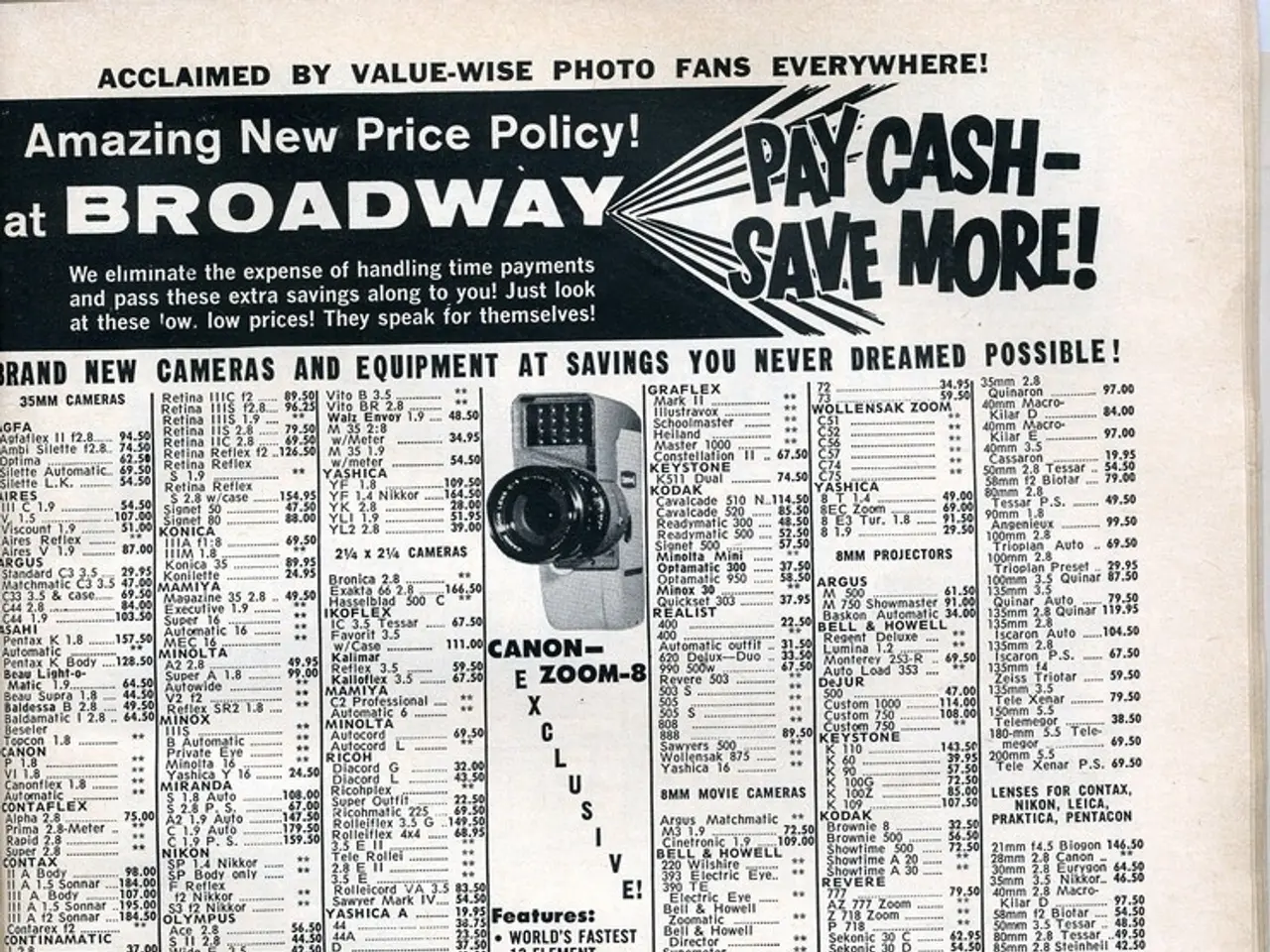Delineating Needs from Wants: An Examination
In the dynamic world of commerce, understanding consumer needs and wants is crucial for businesses to thrive. While needs are more objective and essential for survival, such as food, shelter, and water, wants are influenced by external factors like marketing and others' opinions. Wants, being unlimited due to human nature's inherent dissatisfaction, have a broader scope.
To successfully identify and cater to these diverse requirements, businesses must adopt a multi-faceted, customer-centric strategy. This approach encompasses in-depth customer research, segmentation, feedback, and continuous improvement.
1. **Conduct In-Depth Customer Research to Uncover Needs**
Businesses can utilise various research tools, such as ethnography, journey mapping, diary studies, in-home usage testing (iHUTS), surveys, interviews, focus groups, social listening tools, and competitor analysis. These methods help businesses understand customers' real-life behaviours, preferences, and unmet needs.
2. **Segment Customers and Develop Buyer Personas**
By dividing the customer base into meaningful segments and creating detailed buyer personas, businesses can focus on specific customer types and their unique needs. This personalised approach ensures the right solutions are developed for the right people.
3. **Create a Clear Customer-Centric Vision**
Establishing a customer-focused vision across the organisation emphasises honesty, integrity, innovation, and quality. This shared vision drives consistent behaviours aimed at satisfying customer needs and delivering excellent experiences.
4. **Implement Continuous Feedback Loops and Iterative Improvements**
Seeking ongoing feedback from customers, implementing changes based on this input, and reassessing outcomes ensures evolving needs are met effectively. This iterative process fosters loyalty and continual alignment between the company’s offerings and consumer expectations.
5. **Map Customer Journeys and Understand Emotional Drivers**
Analysing the entire customer journey provides insights on pain points and moments of delight, enabling businesses to make improvements or innovations that have the greatest impact. Understanding emotional responses alongside functional use of products/services enables businesses to craft compelling value propositions that satisfy deeper consumer desires.
Identifying needs and wants is particularly important for consumers during difficult economic times. Fulfilling a want does not have the same immediate consequences as failing to meet a need, but both can impact consumer satisfaction and loyalty. Meeting needs is easier to measure than wants, as it is usually universal for everyone. However, wants can become needs if something is vital to life, such as needing organic food to manage a health condition like diabetes.
In economics, needs and wants can become demands when supported by purchasing power. Wants, referring to hopes or desires, are less essential for survival but can drive consumer behaviour and market trends. With consumers' tastes and preferences, needs, and wants constantly changing, businesses must be responsive and come up with innovative ideas to adapt.
By combining these strategies, businesses can not only identify both expressed and latent customer needs but also deliver products and services that resonate strongly, foster loyalty, and drive sustainable growth.
- To educate themselves about their customers' emotional responses and value system, businesses can conduct research focusing on understanding emotional drivers, thereby enhancing their learning about consumer psychology.
- For effective customer segmentation and targeted marketing strategies, businesses should continuously invest in their education-and-self-development by staying updated on consumer behavior trends and techniques in learning about modern segmentation methods.







